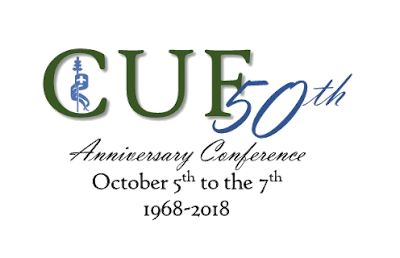Today we celebrate the feast day of St. Dominic Guzman, who helped the cause of orthodoxy in the medieval Church by founding the Order of Preachers, also known as Dominicans.
Pope Emeritus Benedict XVI said of him: “This great saint reminds us that in the heart of the Church a missionary fire must always burn. The search for God's glory and the salvation of souls must go hand in hand.”
Dominic was born in Spain around the year 1170, and he received his early education from his uncle, who was a priest, before entering the University of Palencia where he studied for ten years. An indication of his holiness took place while he was a student, when he sold his entire collection of books to provide for the relief of the poor.
After his ordination to the priesthood, Dominic was asked by his bishop to assist him with various church reforms. While he was traveling in France with the bishop, Dominic observed the bad effects of the Albigensian heresy, which had taken hold in southern France during the preceding century. The Albigensians believed in a good spirit who created the spiritual, and in an evil spirit who created the material world, including the human body, which is therefore under his control. The good spirit created the soul but the evil one imprisoned it in the body, which is evil from its source.
The time of Dominic was much like our own – certainly the heresies were different, but it was a time when the world needed a new evangelism, and Dominic would have a major role of evangelizing through his Order of Preachers, who would come to be known as the Dominicans.
It was in 1214 that Dominic's extreme physical asceticism caused him to fall into a coma, during which the Virgin Mary is said to have appeared to him and instructed him to promote the prayer of the Rosary. Its focus on the incarnation and life of Christ directly contradicted the Albigensian attitude towards matter as evil.
That year, Dominic received his bishop's approval to found an order dedicated to preaching. He and a group of followers gained local recognition as a religious congregation, and the Order of Preachers expanded throughout Europe with papal help in 1218.
The founder spent the last several years of his life building up the order and continuing his preaching missions, during which he is said to have converted some 100,000 people. After several weeks of illness, St. Dominic died in Italy on August 6, 1221.
Almighty God, whose Priest Dominic grew in the knowledge of thy truth, and formed an order of preachers to proclaim the faith of Christ: by thy grace, grant to all thy people a love for thy word and a longing to share the Gospel; that the whole world may be filled with the knowledge of thee and of thy Son Jesus Christ our Lord; who liveth and reigneth with thee, in the unity of the Holy Spirit, ever one God, world without end. Amen.

















